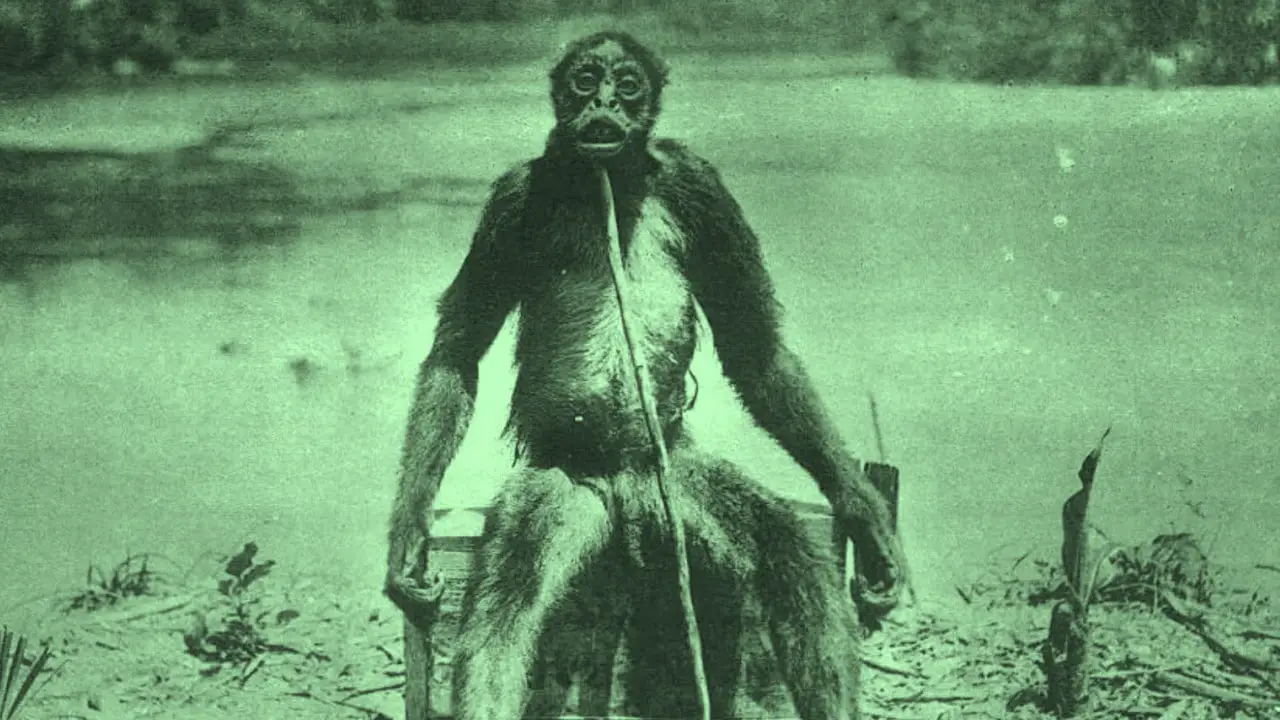You're walking through the woods with some friends late at night when something scurries past you in the bushes. You quickly look around and see a shadow of a giant ape for a split second. The obvious conclusion is that you must have witnessed a cryptid. In reality, it was probably just someone's lost dog.
There are hundreds of reported cryptids and monsters, and many of them have been debunked thanks to the hard work of researchers and hobbyists. However, there was a time before the internet when people genuinely believed that there are a ton of secretive, pseudo-mythical creatures hiding out in the forests.
I'm not going to rule out the possibility that none of the reported cryptids are real. I'm personally fascinated by cryptozoology and desperately want creatures like bigfoot to exist. However, it's undeniable that there have been a ton of cryptid hoaxes. You've already heard of cryptids like bigfoot and the Loch Ness monster, but here are 10 of the lesser-known cryptid monsters that have been debunked.
De Loys' ape
In the early 1900s, a Swiss geologist by the name of François de Loys and a team of others went on a dangerous expedition in a remote region of South America. A strange photograph of a seemingly-tall ape was found years later in 1929 among the records De Loys kept.
De Loys was encouraged to write about his discovery in the Illustrated London News, where he had claimed he found a new primate, which stood around 1.57 meters tall and walked like a human in an upright manner.
People believed him.
In 1962, Doctor Enrique Tejera — who was also on the expedition — came forward with the real story behind the photo. He claimed that De Loys was a prankster who kept a spider monkey with a handicapped tail as a pet. After the captured spider monkey passed away, De Loys propped it up and took a picture to make it seem larger than it actually was.
The Ozark Howler
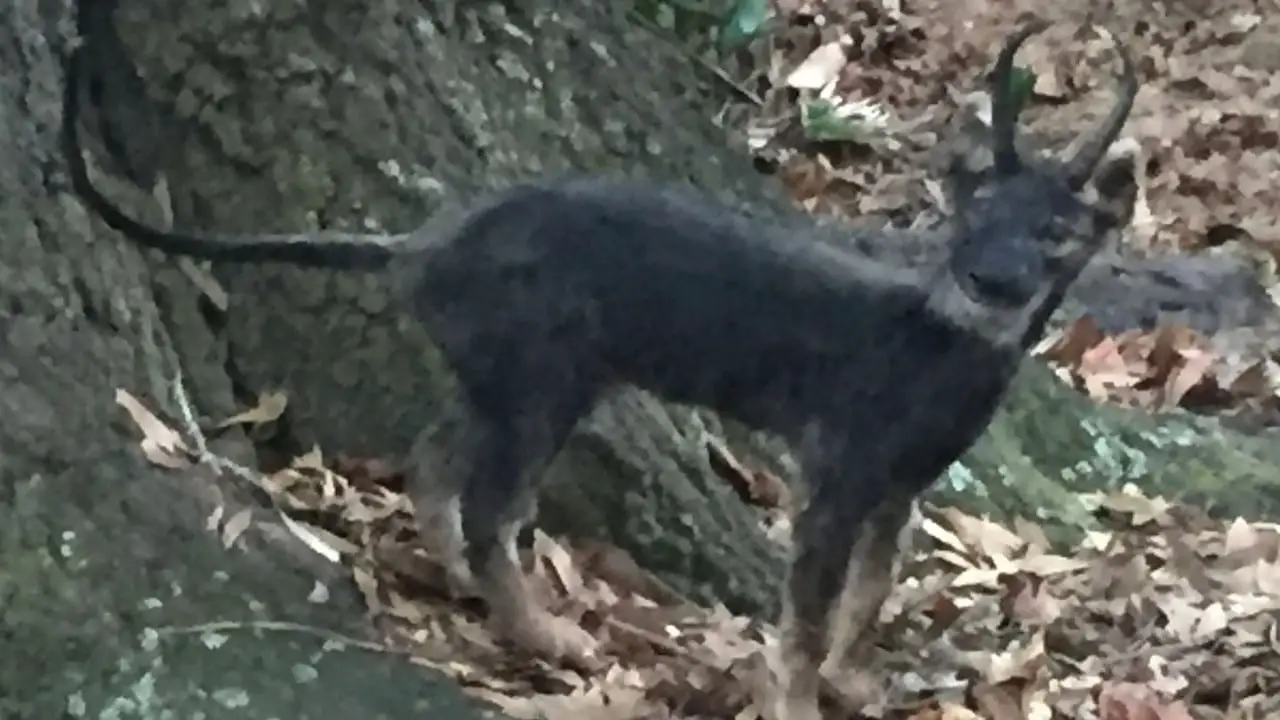
The Ozark Howler is a giant, cat-like creature with reported sightings in the Midwest and South Central regions of the United States. The Ozark Howler features sharp claws, glowing red eyes, shaggy black hair, and a sturdy bear-like body.
In 2015, local Arkansas station KHBS-TV published photos of the cryptid, but these photos don't exactly match the menacing description of the beast. Furthermore, the Arkansas Game and Fish Commission quickly debunked this sighting.
Further research into the Ozark Howler revealed that early internet posts about the cryptid were published by someone claiming to be Itzakh Joach (read: it's a joke), a professor of biology at at Buffalo River University in eastern Oklahoma. No such person or University actually exists.
One of the hoaxers admitted that the Ozark Howler was meant to stir skepticism of cryptozoology. Not cool.
The Cardiff Giant

In 1869, workers found a seemingly-ancient 10-foot giant behind the home of William C. Newell in Cardiff, New York. People claimed the giant was reminiscent of the giants mentioned in the Bible, which helped give this cryptid hoax worldwide attention.
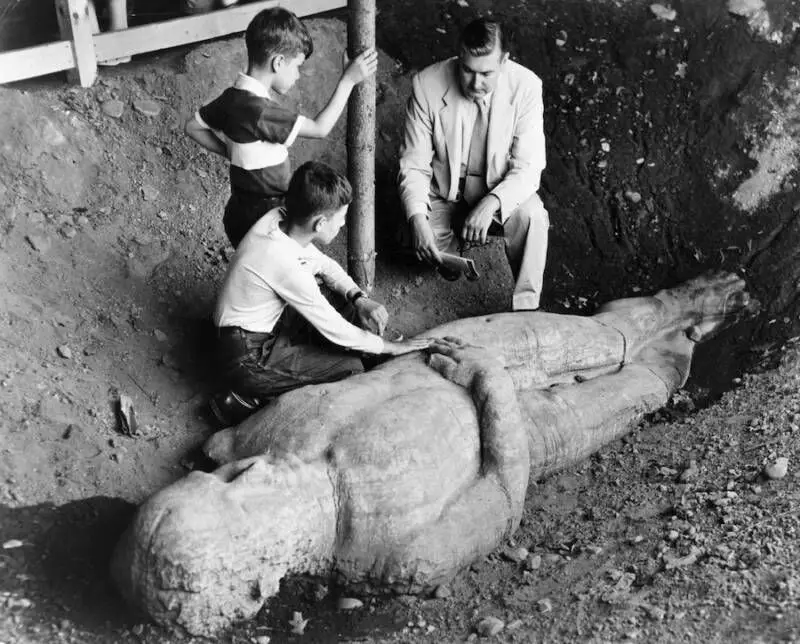
Phineas T. Barnum, founder of the Barnum & Bailey Circus, wanted to purchase the giant for thousands of dollars, but his offer was turned down. Barnum responded by creating his own fake giant and claimed his was the real and original giant. A lawsuit ensued and the truth finally came out.
A man by the name of George Hull, cousin of William C. Newell, had created the fake giant and planted it in Newell's backyard in an effort to capitalize on the religious revivalism at the time.
The Madagascar man-eating tree
The Madagascar tree was described as a man-eating tree used in ritual sacrifices by the "Mkodo tribe" of Madagascar. The hoax first appeared in 1874 in the New York World and gained more attention in 1924 after the release of a book by Chase Osborn, who had been a Governor of Michigan.
The original account described the tree as such:
The slender delicate palpi, with the fury of starved serpents, quivered a moment over her head, then as if instinct with demoniac intelligence fastened upon her in sudden coils round and round her neck and arms; then while her awful screams and yet more awful laughter rose wildly to be instantly strangled down again into a gurgling moan, the tendrils one after another, like great green serpents, with brutal energy and infernal rapidity, rose, retracted themselves, and wrapped her about in fold after fold, ever tightening with cruel swiftness and savage tenacity of anacondas fastening upon their prey.
However, this mysterious tree cryptid was finally debunked in the 1955 book Salamanders and other Wonders, written by science author Willy Ley. In fact, even the Mkodo tribe was a complete fabrication.
Rods
When you combine cryptozoology and ufology, you get rods.
"Rods" doesn't exactly sound like a menacing cryptid, but they're actually pretty creepy. They've also been referred to as sky fish and solar entities. These mysterious rod-shaped creatures were recorded moving incredibly fast through the air, and were hypothesized to be aliens or small UFOs.
Unfortunately, the truth behind this mysterious cryptid is a lot more boring. It's an optical illusion that comes from the way flying insects are recorded and played back on video camera. In other words, the "rods" effect is just the afterimage trails of flying insects.
It's understandable that this phenomenon would be mistaken for a cryptid of a UFO — it looks really creepy!
The Skvader
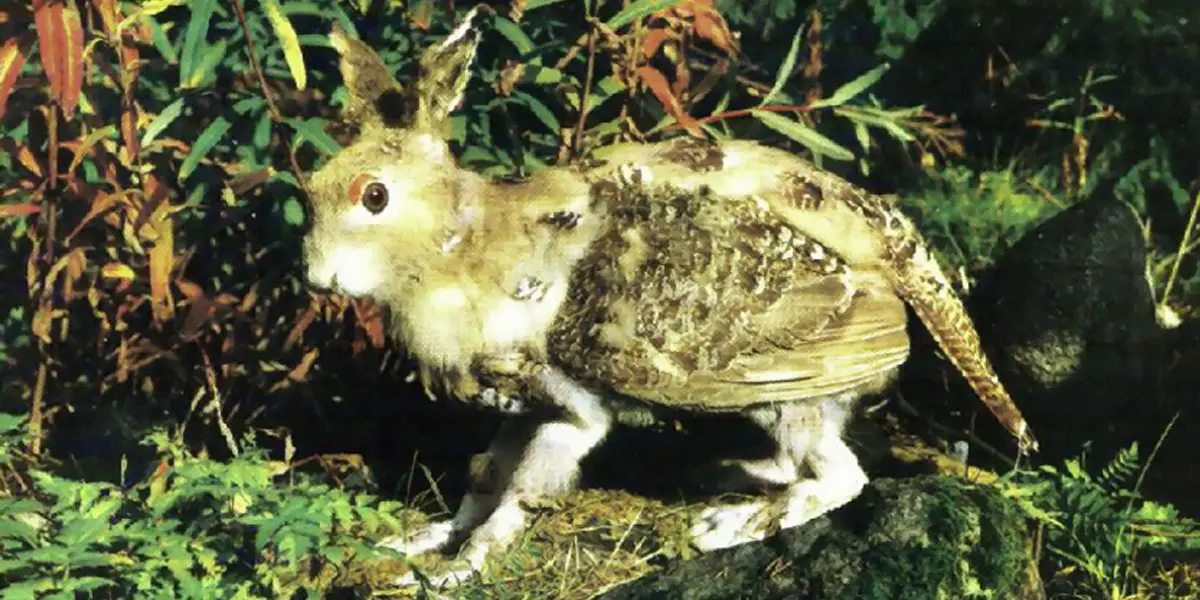
You've probably heard of the Jackalope, but have you heard of the cryptid known as skvader?
The cryptid has the legs and head of a rabbit (hare, bunny, whatever you call it), with a back, wings, and tail of a female wood grouse. A Swedish man claimed he had shot one of these creatures in the late 19th century, and the legend took off from there.
Nobody believed the original tall tale of the skvader, but it's still an interesting cryptid in Sweden's history.
A skvader was created in 1918 by taxidermist Rudolf Granberg, and it's now displayed at the museum at Norra Berget in Sundsvall, Sweden.
The Kasai Rex

The Kasai Rex is reported to be a surviving dinosaur from prehistoric times found in the Democratic Republic of the Congo.
In 1932, researchers from Sweden claimed they found the Kasai Rex attacking a rhinoceros in the Congo. They described the creature as "reddish in color, with blackish-colored stripes" and 43-feet long.
The next year, another group reported a similar sighting when investigating the rumors of the dinosaur cryptid.
However, it's widely believed that both sightings were hoaxes, with multiple conflicting descriptions and photographs of the creature. Additionally, this is the only cryptid from Africa without a unique name in a local language — you would think that a monster of this size would be the subject of local legends.
The Cottingley Fairies

The Cottingley Fairies were a series of convincing (for the time) photographs released by a pair of young girls from 1917 to 1920. The two girls were reprimanded by their parents for playing in a nearby stream, which left them filthy with mud and dirt. The girls responded by saying there were fairies at the stream, which is why they liked to play there. After being given a camera, the girls came back with the remarkable photographs.
The photos attracted worldwide attention and plenty of believers. The photos even fooled Arthur Conan Doyle, the British writer behind the iconic Sherlock Holmes character.
But in the early 1980s, the dream died when Elsie and Frances admitted that the photographs were fake. They had used paper cutouts of fairies from a children's book.
Georgia Bigfoot
Everyone knows about bigfoot, but you might not be aware of all the different regional sightings of bigfoot. If you were to take every sighting at face value without scrutiny, you'd be led to believe that there's multiple bigfoots in every state.

One of the more "credible" sightings was in 2008 by a police officer from Clayton County, Georgia, by the name of Matt Whitton, along with partner Rick Dyer. They alleged that they found an 8-foot dead body in the wilderness and dragged it back civilization, where they froze the body to keep it preserved.
The story was picked up by the media after Whitton went public with the discovery by announcing it on YouTube. They continued to bait the public by periodically offering dodgy photographs of the alleged bigfoot carcass, including photographs that you could only purchase from their website.
The jig was up once Bigfoot researcher Steve Kulls examined the body for himself and immediately realized it was just a bigfoot costume.
Soon after, Whitton and Dyer came clean and defended their hoax as an innocent prank.
The Hodag
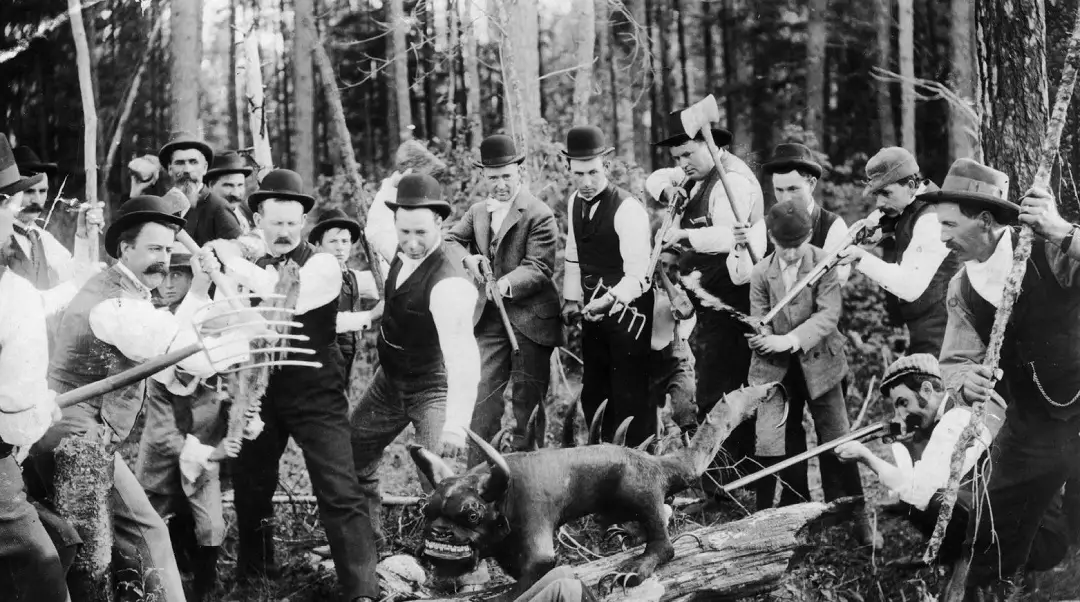
In 1893, the media went wild about a new creature discovery in Wisconsin — the hodag.
The creature was described as having "the head of a frog, the grinning face of a giant elephant, thick short legs set off by huge claws, the back of a dinosaur, and a long tail with spears at the end."
The creature was "captured" by Eugene Shepard, who was pictured with the cryptid in a photograph that was shown alongside the story in the papers.
But capturing the hodag wasn't an easy feat — it was described as "the fiercest, strangest, most frightening monster ever to set razor sharp claws on the earth."
However, Shepard was forced to come clean after a group of scientists announced they were going to examine the beast for themselves.
 |
 CRIME Shirt $21.68 |
 |

